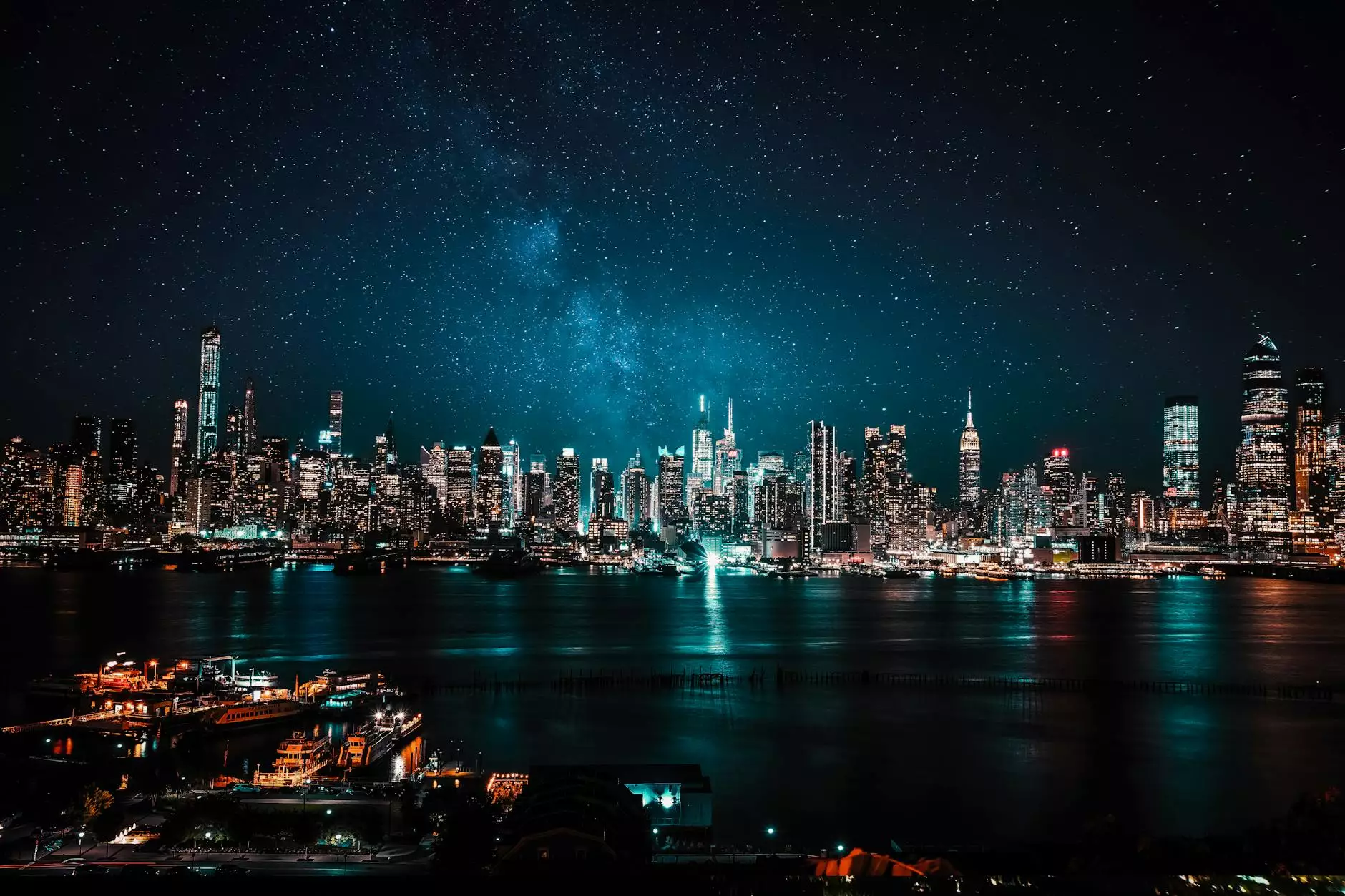Famous Maritime Disasters
Blog
Welcome to Berggren & Turturice Law, your trusted legal experts in maritime law. In this comprehensive guide, we delve into the history and details of some of the most infamous maritime disasters in the world. From vessel sinkings to collisions and explosions, these tragedies have left a lasting impact on both the maritime industry and society as a whole.
Titanic: The Unsinkable Ship that Met Tragic Fate
The sinking of the RMS Titanic in 1912 remains one of the most well-known maritime disasters in history. This luxury passenger liner, deemed "unsinkable," struck an iceberg during its maiden voyage and tragically claimed the lives of over 1,500 passengers and crew members. We explore the events leading up to the disaster and examine the subsequent legal proceedings in our dedicated Titanic section.
The Exxon Valdez Oil Spill: Environmental Catastrophe
In 1989, the Exxon Valdez tanker ran aground in Prince William Sound, Alaska, causing one of the most devastating oil spills in modern history. Approximately 11 million gallons of crude oil were spilled, wreaking havoc on the region's delicate ecosystems and wildlife. Discover the environmental impact and the legal consequences of this tragic incident.
Chernobyl Disaster: Nuclear Nightmare
While not strictly a maritime disaster, the Chernobyl nuclear accident in 1986 had far-reaching implications for the maritime industry. The nearby Pripyat River served as a vital transportation route during the cleanup efforts, carrying contaminated materials and posing significant risks to the surrounding waterways. Learn about the accident's connection to the maritime world and its lasting effects.
The Sinking of the Lusitania: Sparking International Tension
During World War I, the British ocean liner RMS Lusitania was torpedoed by a German submarine off the coast of Ireland. This tragic incident led to the deaths of nearly 1,200 passengers, including many Americans, and had a profound impact on international relations. Explore the legal ramifications and the role it played in shaping maritime warfare policies.
The Costa Concordia: Luxury Turned Disaster
In 2012, the Costa Concordia cruise ship struck a rock off the coast of Italy and capsized, resulting in the loss of 32 lives. This modern-day maritime disaster shocked the world and raised questions about safety regulations and the conduct of the ship's captain. Delve into the details of this tragedy and the subsequent legal battles that followed.
The Herald of Free Enterprise: Lessons in Safety
The Herald of Free Enterprise disaster in 1987 highlighted the critical importance of safety procedures and their implementation in the maritime industry. This roll-on/roll-off ferry capsized just minutes after leaving the Belgian port of Zeebrugge, resulting in the loss of 193 lives. Learn about the events leading up to the tragedy and the subsequent changes in maritime safety regulations worldwide.
The Deepwater Horizon Oil Spill: Environmental and Economic Fallout
In 2010, an explosion on the Deepwater Horizon drilling rig in the Gulf of Mexico caused a catastrophic oil spill that lasted for months. The environmental and economic consequences of this disaster were immense, with an estimated 4.9 million barrels of oil contaminating the ocean. Discover the legal complexities surrounding this incident and its impact on offshore drilling regulations.
The Andrea Doria and Stockholm Collision: Lessons from the Sea
The collision between the Italian luxury liner MV Andrea Doria and the Swedish-American liner MS Stockholm in 1956 resulted in the deaths of 46 people. This maritime disaster prompted significant changes in navigation regulations and highlighted the importance of effective communication and safety measures at sea. Uncover the details of this tragic accident and its enduring impact on maritime safety protocols.
The USS Indianapolis: Tragedy at Sea
During World War II, the USS Indianapolis was torpedoed by a Japanese submarine, leading to the deaths of the majority of its crew due to shark attacks, exposure, and dehydration. This harrowing ordeal revealed the importance of swift rescue operations and further emphasized the need for improved safety measures in wartime operations. Explore the history and legal aspects of this tragic maritime event.
The Sewol Ferry Disaster: A Nation in Mourning
In 2014, the South Korean passenger ferry Sewol capsized and sank, resulting in the deaths of over 300 people, mostly high school students. This heartbreaking tragedy shook the nation and initiated discussions on maritime safety and emergency response protocols. Delve into the details of the disaster, including the subsequent investigation and legal actions taken.
Conclusion
These famous maritime disasters serve as poignant reminders of the risks and challenges faced by individuals and industries operating at sea. Berggren & Turturice Law are committed to providing comprehensive legal support and expertise in maritime law matters. Should you require assistance or have further questions regarding maritime accidents and their legal implications, please do not hesitate to contact us.




